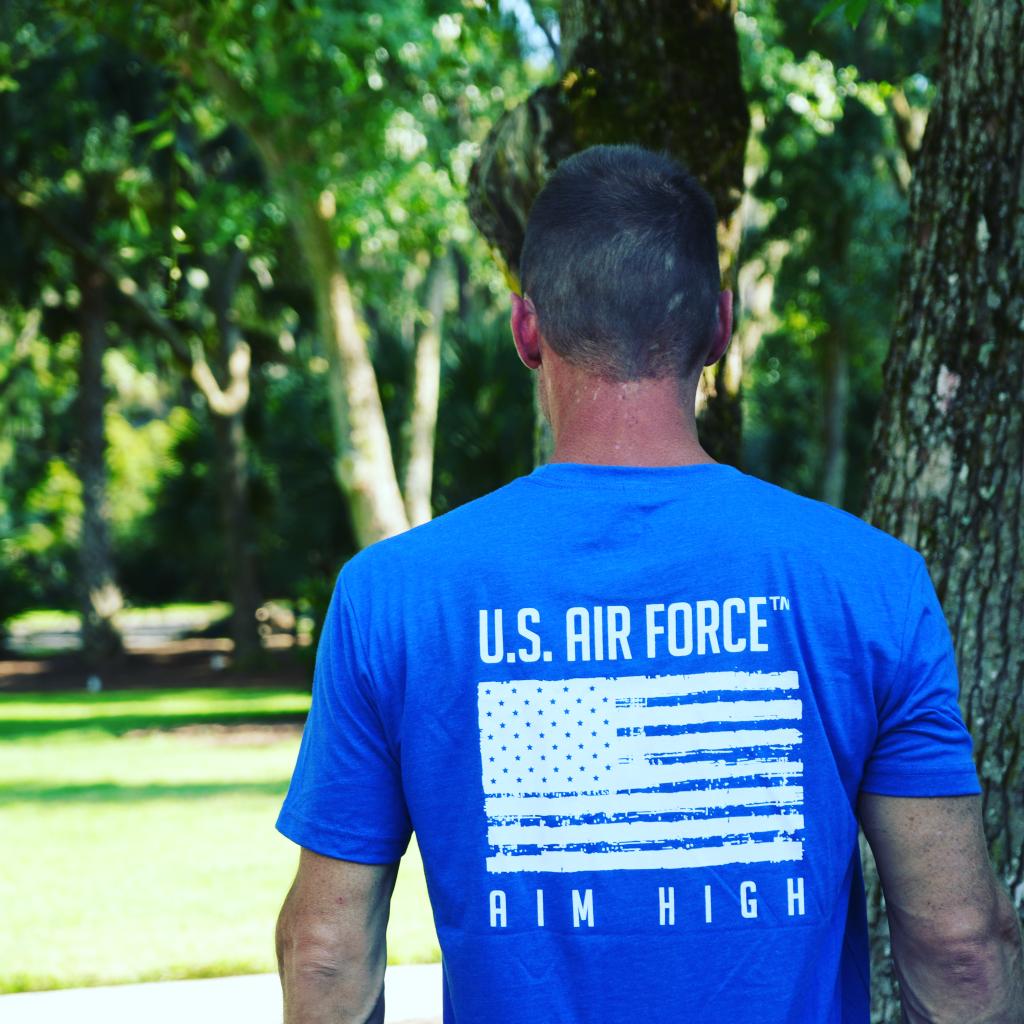For families new to the Navy or Coast Guard, the terminology around ships can feel overwhelming. You’ll hear about carriers, destroyers, frigates, LSDs, LPDs, LHDs, fast-attack subs, ballistic missile subs, and cutters — sometimes all in the same conversation.
This guide explains the most common ship types in clear, simple language, with accurate descriptions that apply across the U.S. Navy and U.S. Coast Guard.
Whether your loved one is preparing for A-School, getting stationed on a ship, or you’re just trying to follow the conversation, this reference breaks everything down.
The Major Ship Types in the U.S. Navy
The U.S. Navy organizes ships into a few main categories:
- Aircraft Carriers (CVN) – “Floating cities”
- Destroyers (DDG) – Multi-role warships
- Cruisers (CG) – Missile platforms
- Submarines (SSN/SSBN/SSGN) – Underwater operations
- Amphibious Ships (LHD/LPD/LSD) – Marine transport & assault
- Support Ships (Oilers, Supply Ships) – Logistics
- Littoral Combat Ships (LCS) – Coastal operations
Below is a simple, accurate explanation of each.
1. Aircraft Carriers (CVN)

The largest and most powerful warships in the world
- Home to 5,000+ sailors and Marines
- Operate fighter jets, helicopters, electronic warfare aircraft
- Nuclear-powered (“N”), giving them unlimited range
- Serve as the centerpiece of a Carrier Strike Group
What They Do
- Power projection
- Humanitarian missions
- Deterrence and global presence
- Air operations
Examples
- USS Gerald R. Ford (CVN-78)
- USS Nimitz (CVN-68)
If your sailor is assigned to a carrier, they join one of the most complex operations in the world.
2. Destroyers (DDG — Arleigh Burke class)

The Navy’s “workhorse” ship — extremely versatile.
- Crews of ~300
- Fast, maneuverable, heavily armed
- Equipped with the AEGIS Combat System
What They Do
- Air defense
- Ballistic missile defense
- Anti-submarine warfare
- Escort duties for aircraft carriers
- Precision strikes
Most sailors will interact with destroyers at some point in their career — they are everywhere.
3. Cruisers (CG — Ticonderoga class)

Missile-heavy warships designed for air defense.
- Crews of ~350
- Known for large missile capacity (Vertical Launch System)
- Often assigned to protect aircraft carriers
Cruisers and destroyers perform similar missions, but cruisers carry a larger missile load.
(Note: the Navy is phasing cruisers out, but many are still active for now.)
4. Submarines (SSN, SSBN, SSGN)

Silent, strategic, and extremely capable.
There are three types of submarines:
SSN — Fast Attack Submarines
- Hunt enemy ships and submarines
- Support special operations
- Gather intelligence
- Smaller crews (~130)
SSBN — Ballistic Missile Submarines
- Part of the U.S. nuclear deterrent
- Carry nuclear ballistic missiles
- Long patrols (“deterrent patrols”)
- Highly classified missions
SSGN — Guided Missile Submarines
- Carry large numbers of cruise missiles
- Support special operations
Submarine life is unique — tight spaces, specialized crews, and high responsibility.
5. Amphibious Ships (LHD, LHA, LPD, LSD)

Designed to transport and deploy U.S. Marines for missions.
LHD / LHA — Large Deck Amphibs
Look like smaller aircraft carriers.
They carry:
- helicopters
- Ospreys
- F-35B fighter jets
- landing craft
- hundreds of Marines
LPD — Amphibious Transport Dock
- Transports Marines
- Carries landing craft
- Supports humanitarian missions
LSD — Dock Landing Ship
- Launches Marines and equipment ashore
- Features a well deck for landing craft
These ships are essential to the Navy-Marine Corps team.
6. Littoral Combat Ships (LCS)

Small, fast ships for coastal/near-shore missions.
Comes in two classes:
- Freedom class (traditional hull)
- Independence class (trimaran hull)
Designed for:
- mine countermeasures
- anti-submarine missions
- surface warfare
LCS ships have smaller crews and flexible mission packages — though the program is gradually shifting in purpose.
7. Support Ships (Oilers, Supply Ships, Dry Cargo Ships)

Part of the Military Sealift Command (MSC)
Examples:
- Oilers (refuel ships at sea)
- Supply ships (food, ammunition, spare parts)
- Hospital ships (USNS Mercy, USNS Comfort)
These crews include both military and civilian mariners.
The U.S. Coast Guard: Understanding Cutters

The Coast Guard uses the term cutter for ships 65 feet or longer with accommodations for crew.
Major Cutter types include:
National Security Cutters (WMSL)
- Long-range
- Modern, powerful
- Used for counter-narcotics, security, and global missions
Medium Endurance Cutters (WMEC)
- Law enforcement
- Search and rescue
- Homeland security missions
Fast Response Cutters (WPC)
- Near-shore operations
- Ports, waterways, and coastal missions
Polar Icebreakers
- Arctic and Antarctic operations
- Rare and high-demand assets
Cutters deploy frequently and play a major role in maritime law enforcement.
Which Ships Your Sailor or Coast Guardsman Might Serve On
Navy
- Surface fleet: carriers, destroyers, cruisers, LCS
- Submarine fleet: SSN, SSBN, SSGN
- Amphibious fleet: LHD/LHA/LPD/LSD
Coast Guard
- Cutters
- Small boats
- Sector stations
- Deployable specialized forces (MSST, TACLET, etc.)
Different ratings (jobs) interact with different platforms.
Frequently Asked Questions
Which ship type deploys the most?
Destroyers and cutters often have the most frequent patrol cycles.
Are families allowed to visit ships?
Yes, during “tours,” “family days,” or homecoming events.
How long are ship deployments?
- Navy: 6–9 months (typical), sometimes longer
- Coast Guard: 60–90 day patrols depending on the cutter
Is life on a carrier crowded?
Yes — carriers are massive but house thousands of sailors.
Final Thoughts for Families
Understanding ship types helps families feel connected to their sailor or Coast Guardsman’s world. Whether they serve on a destroyer, a carrier, a sub, or a cutter, every platform plays a vital role in U.S. maritime security.
This guide gives you the foundation to follow their journey with confidence and pride.




